Batteries
-
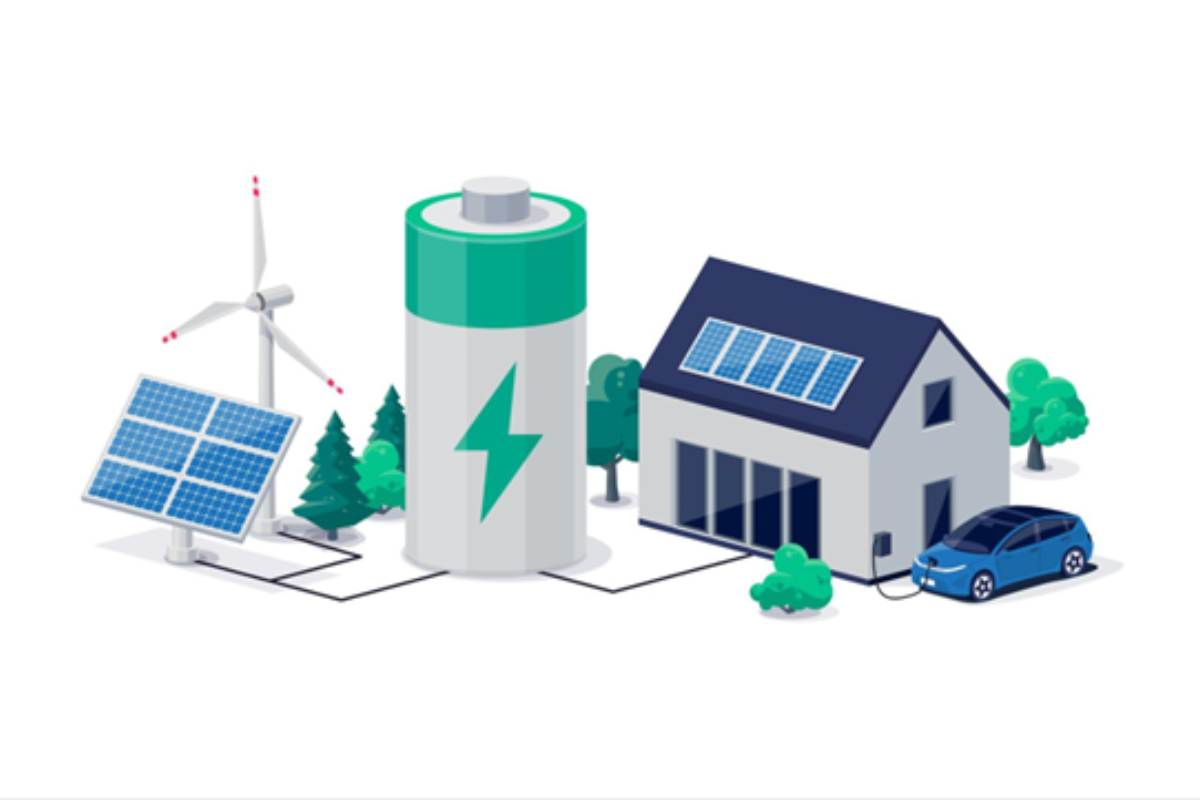
How to Find the Right Solar Battery
If you are looking to install a solar battery for your home, a few appliances, or a vehicle, you may be wondering what’s the best one to go for. There are many options on the market and a lot of them are very good with new technologies coming out every few years. Rather than staring…
-
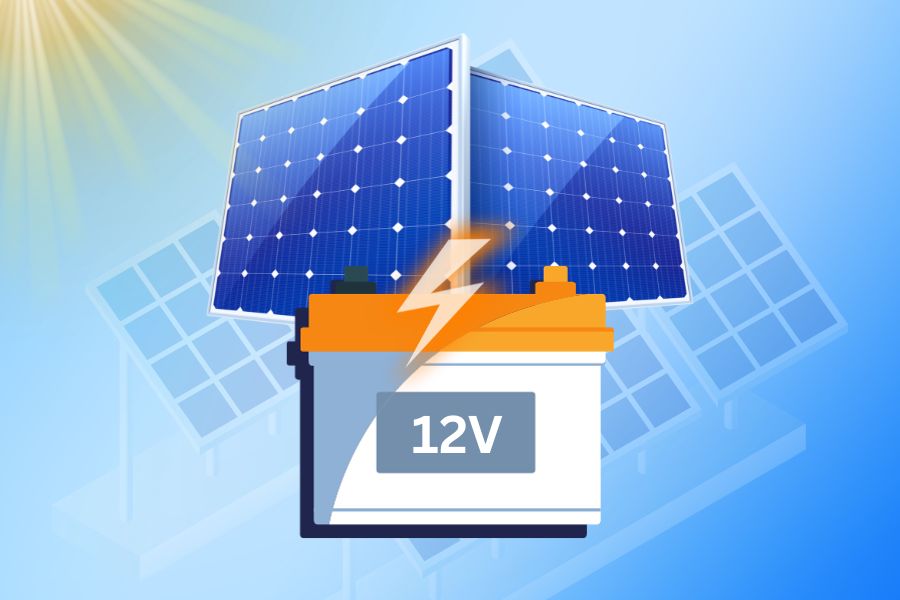
What Size Solar Panel to Charge 12V Battery
The solar panel size depends on factors like the battery capacity, battery type, desired charge time, and type of charge controller used. In this comprehensive guide, we will discuss in detail the step-by-step process to calculate the ideal solar panel size to charge a 12V battery. We will also provide solar panel size recommendations for…
-

Lead Acid Battery Voltage Charts
Battery voltage charts provide an easy way to estimate a battery’s state of charge. You can simply measure the voltage of the battery and use a voltage charge to estimate the current charging level of the battery. But remember that each type of lead acid battery will have a different voltage range and that voltage…
-

Renogy vs Battle Born: Comparing Two Popular Battery Brands
When it comes to powering your off-grid adventures or ensuring your renewable energy system functions efficiently, there are two top names in solar energy storage: Renogy vs Battle Born. Renogy is known for its affordable prices. Battle Born is known for top-notch quality and long life. This article looks at how these two brands measure…
-

How Long Will a 100Ah Battery Run a TV
A 100Ah battery’s ability to power a TV depends on the battery chemistry, the TV’s energy consumption, and losses through voltage conversion. The key is calculating the battery’s usable capacity and the TV’s hourly energy draw. In general, a 100Ah lithium battery can run an LED TV for 15-25 hours while a 100Ah lead acid…
-

What Size Solar Panel to Charge 100Ah Battery?
Determining the right solar panel size to charge a 100Ah battery involves considering several key factors, including the battery voltage, battery’s capacity, battery type (lead-acid vs lithium-ion), how much you deplete the battery each day, the solar charge controller used, and the amount of sun your location receives. In this guide, we’ll cover all the…
-

Do Solar Power Banks Work?
Solar power banks are able to effectively collect, store, and deliver solar energy to charge electronics on the go. But do solar power banks work and truly live up to the promise of unlimited, eco-friendly power? While they do have limitations, solar power banks can be a versatile solution when you need portable renewable power.…
-

Do AGM Batteries Need to Be Vented?
Yes, AGM batteries do need to be vented. Even though they produce relatively less hydrogen gas compared to conventional batteries, AGM batteries can still release hydrogen gas in certain overcharge conditions. Ventilation provides a safety release for these gases. This comprehensive guide will cover all you need to know about venting AGM batteries and hydrogen…
-

Sodium Ion vs Lithium Batteries
Sodium ion batteries (NIBs) vs lithium ion batteries (LIBs) are two of the most promising battery technologies for a wide range of applications. Sodium ion (Na ion) batteries are cheaper and more eco-friendly than lithium-ion (Li-ion) batteries. However, they don’t hold as much energy or last as long in charge cycles. They’re suitable for big…
-
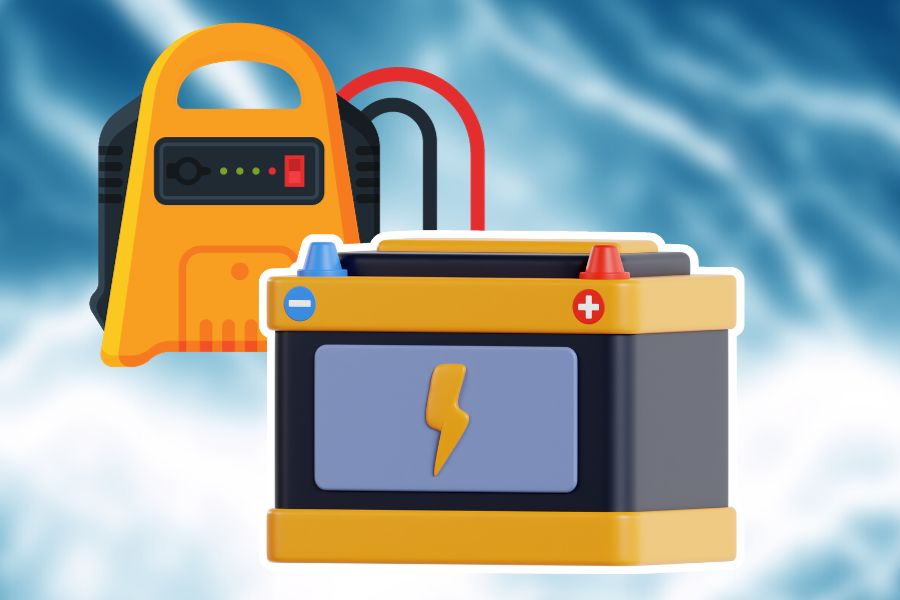
How to Check Inverter Is Charging Battery
You can check if your inverter is properly charging the battery using a few simple methods. Observing the inverter’s status lights, measuring battery voltage with a multimeter, and performing a load test are straightforward ways to confirm charging status. In this article, we will follow step-by-step instructions for checking whether your inverter is charging your…
-

Lifepo4 Voltage Chart: Understanding Battery Capacity, Performance and Charging
A LiFePO4 battery voltage chart displays how the voltage is related to the battery’s state of charge. These charts vary depending on the size of the battery—whether it’s 3.2V, 12V, 24V, or 48V. This article will dive deep into interpreting these charts and their practical implications. We’ll also cover the features and workings of LiFePO4…
-

What Happens to Solar Power When Batteries Are Full?
When solar batteries are full, what happens is that the excess solar power will either be diverted elsewhere for usage or wasted, depending on whether your system is grid-tied or off-grid. Grid-tied systems can send extra solar power back to the electric grid, while off-grid systems may need to dump excess solar energy unless there…
-

NiCd vs NiMH for Solar Lights
Nickel Metal Hydride batteries (NiMH batteries) are generally the better choice over Nickel Cadmium batteries (NiCd batteries) for most solar light applications today. NiMH offers a higher capacity to store more energy from the sun, lasts longer through more recharge cycles, and is more eco-friendly. However, NiCd can be a good lower-cost option if needed.…
-

Lithium vs Alkaline Batteries for Solar: A Detailed Comparison
Lithium and alkaline batteries store and provide power for solar lights, gardens, outdoor solar lighting, and off-grid solar systems. However, they have very different compositions and characteristics, making each better suited for certain uses. In this article, we will compare alkaline and lithium batteries in-depth, looking at aspects like construction, voltage, capacity, performance, cost, and…
-
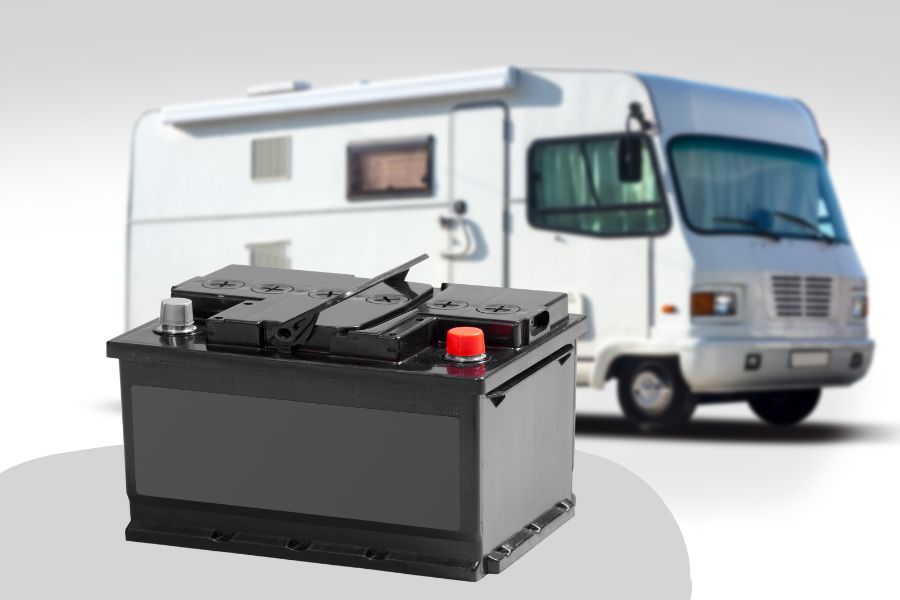
What Car Battery Voltage Is Too Low
The optimal voltage range for most car batteries used in RVs and motor homes is 12.4-12.7 volts. Yet, these vehicles often face challenges maintaining this voltage and preventing low voltage in the car battery, especially when parked for extended periods. Using trickle chargers and solar charge maintainers is essential for RVs and motorhomes that sit…
-

How to Get 12 Volts from a 24 Volt System
Getting 12 volts from a 24-volt system with multiple batteries is possible through several methods. You can use simple approaches that involve tapping into just one battery in a series bank or using resistors to create a voltage divider. Still, these methods are inefficient and can reduce your battery life. For clean, efficient voltage conversion…
-

Battery Charge Time Calculator
Battery charge time is simply how long it would take for a battery to be fully charged after getting fully discharged. When not fully discharged, battery charge time is the time it will take a rechargeable battery to get a full charge from its current state of charge. How to Use Our Battery Charge Time…
-
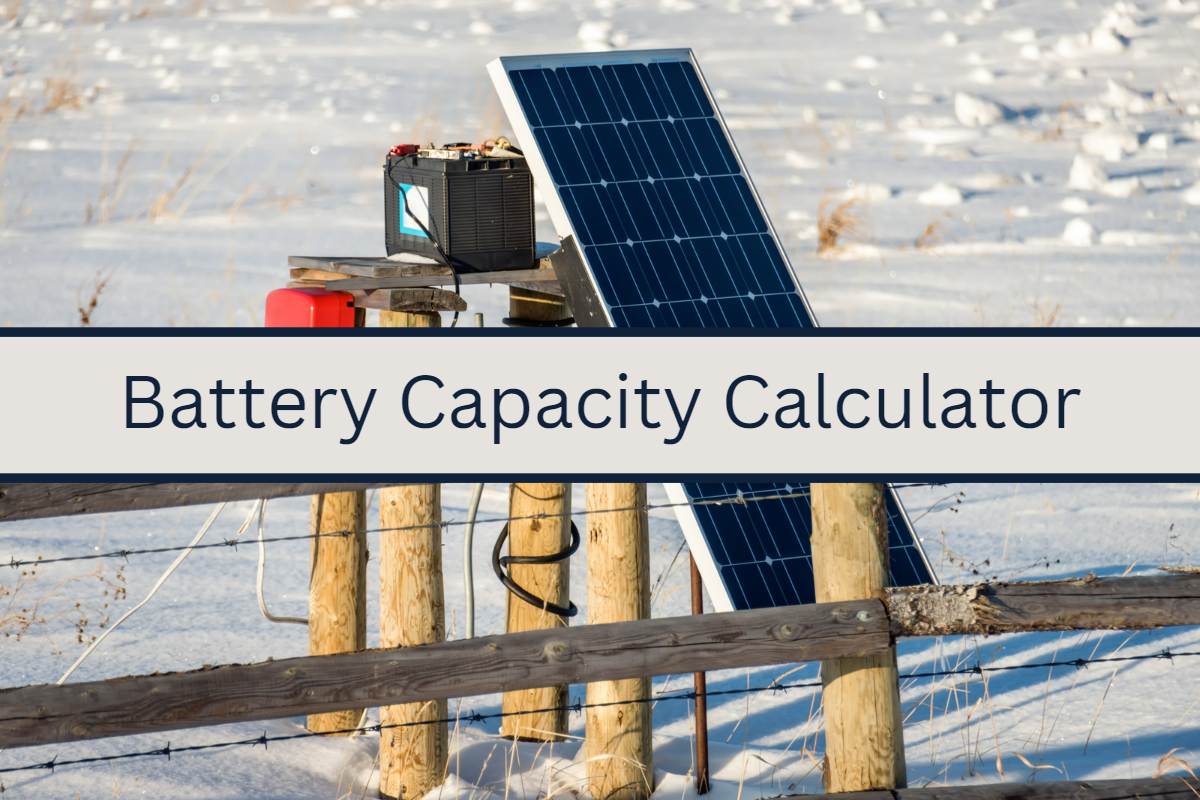
Battery Capacity Calculator
What is Battery Capacity? Generally, battery capacity is the amount of electricity a battery can generate. It may also be defined as the amount of energy stored in a battery. Typically, battery capacity is expressed in amp-hours (Ah). However, other units like milliamp-hours (mAh), watt-hours (Wh), and kilowatt-hours (kWh) may also be used to represent…
-

Can I Use a Higher mAh Battery in Solar Lights?
Most solar lights use lower mAh batteries, but you can use higher mAh batteries without causing any damage or going through unneeded stress. However, you must pay attention to certain factors such as output voltage rating and amperage. Factors to Consider Before Switching to Higher mAh Batteries Voltage Voltage is the primary factor to consider…
-
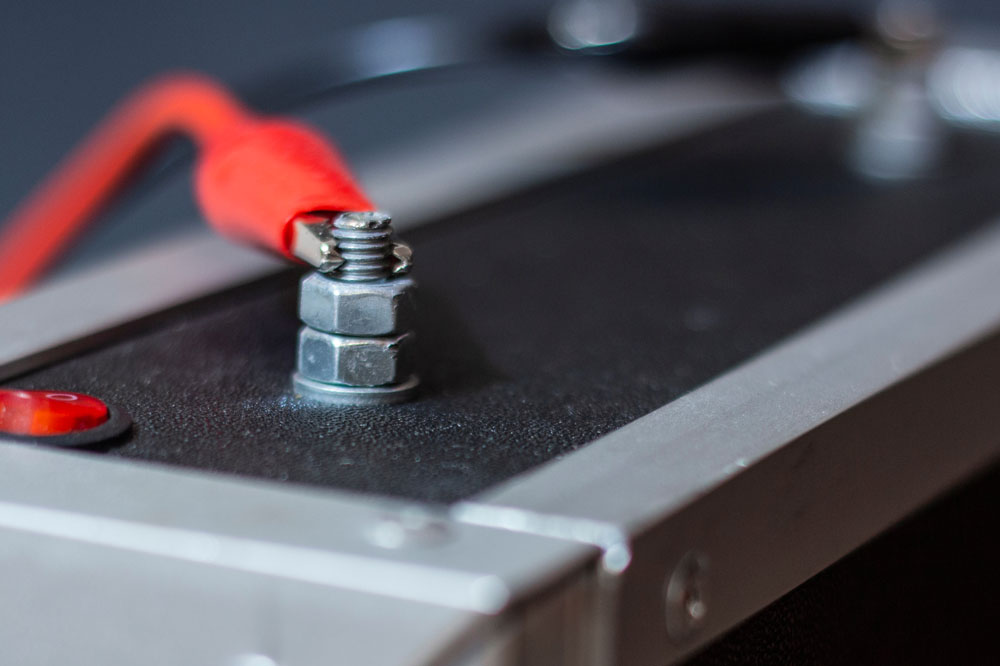
10 Best Solar Battery Maintainer for Cars and RVs
Unfortunately, emergencies strike when you least expect it for many, but having a quick and reliable method to restore battery power can be a lifesaver. In many cases, when you can least handle it. Being out shopping when your car battery decides to die can be a massive headache. Out camping in the woods with…
-
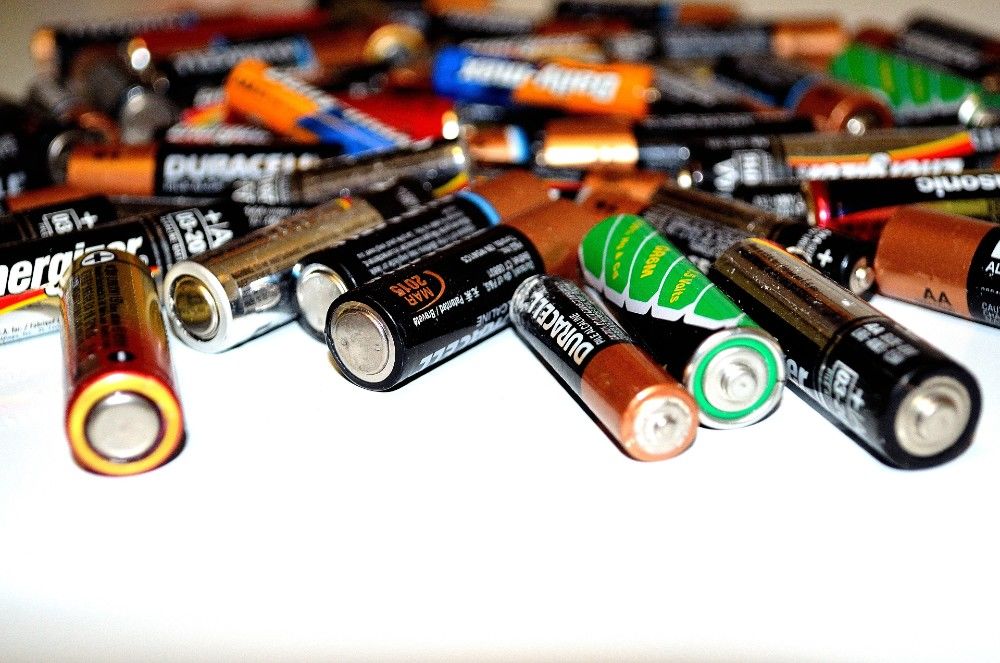
10 Best Rechargeable Batteries for Solar Lights
While lithium-ion batteries have long been touted as the future of the solar battery world, some close rivals are giving them a run for their money. This blog post gives you a closer look at the best rechargeable batteries for solar lights currently available for solar light applications. We’ve covered several Energizer, Amazon, and Panasonic…





















